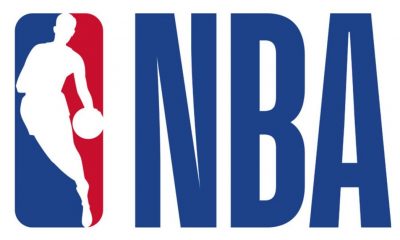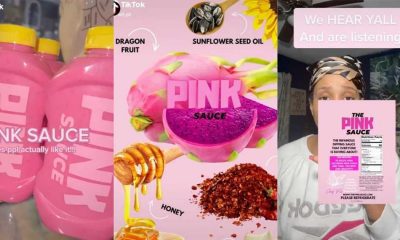Top Stories
What’s Going On In The Netflix Password Sharing Crackdown
Published
3 years agoon
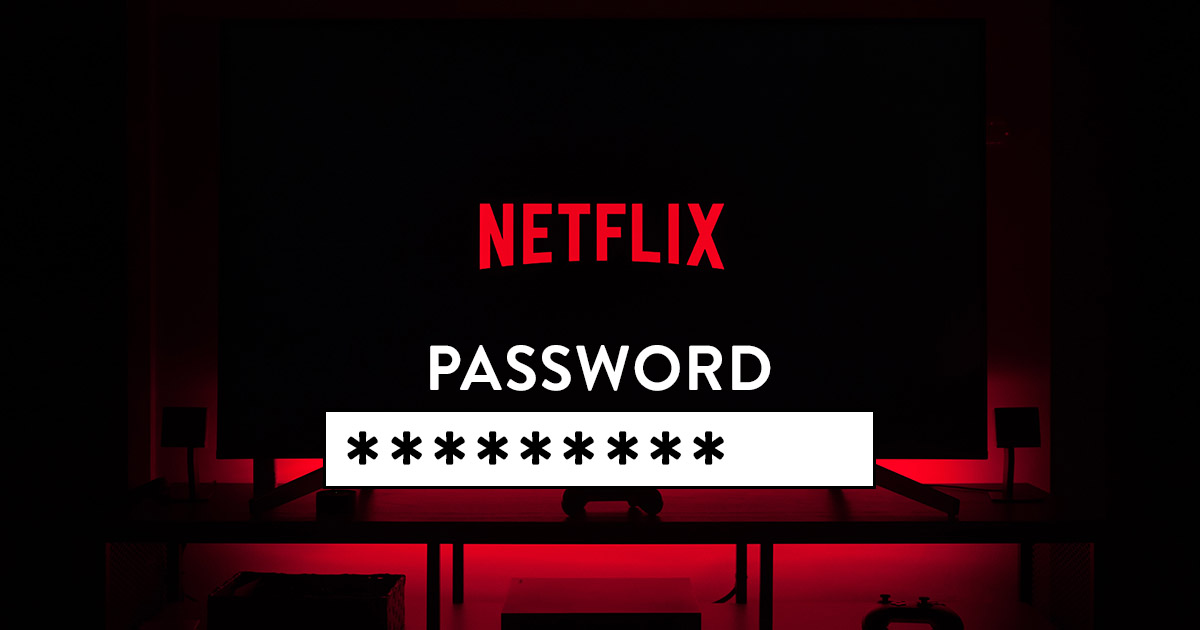
In March 2022, Netflix announced they were charging extra if Netflix users shared their accounts outside of their homes. They said that although they noticed the growth accelerated by the pandemic, it has impacted the way they created content. And they said they would test this new feature in Peru, Costa Rica, and Chile. It may seem like a good idea for Netflix to get more money from users. However, users from the countries above aren’t exactly pleased with what’s happening. Let’s look at the Netflix password sharing crackdown and its effects.
Why Choose These Countries?
Rest of World, a nonprofit journalism organization, published a paper in June 2022 about the current situation regarding the Netflix password sharing crackdown update. They found that the Latin American countries generated lower revenue than other countries, and it was an opportunity for Netflix to test it on them. Plus, they suggest that the streaming giant is testing it in these countries because they don’t want to lose subscribers in larger markets.
Netflix has a policy of not allowing people to share their Netflix accounts. However, with this common occurrence, they made it clear with the new feature that a household is defined as people living under the same roof. People who share their Netflix passwords violate the terms of use.
To curb that, users can add paying accounts outside of their homes. In Peru, for example, the cost of a new profile costs around $2 (8 soles). And it’s a more affordable option than opening a new one.
Rest of World also talked to Peruvian Netflix users regarding this new feature, and they’re not pleased with the inconsistencies that Netflix has enforced regarding the password sharing crackdown. Here’s what these users had to say about their experiences.
Peruvian Users on the Netflix Password Sharing Crackdown
- Carlos Luque – He was not notified of the new policy and has not been charged for the extra accounts outside his household.
- Gabriela A – She shares her Netflix account with her friends, calling it her “pirate account,” and would like to keep it. Her friends received the notifications, but they did not pay it any mind. So far, she’s paying the same rate.
- Kat Galindo – She decided to cancel her account and subscribe to one of Netflix’s rivals, HBO Max. Galindo shares that she no longer likes the content on Netflix.
- Hugo Vilchez – Similar to Galindo, he also stopped subscribing to Netflix, and he’s sharing his other streaming accounts with friends.
Rest of World also reached out to a Netflix customer service representative, saying they were confused about the new policy changes. The anonymous representative said that if anyone asked regarding the new policy, they could use the account without any extra charges through a verification code.
Other Possible Netflix Features
Password sharing isn’t the only feature that Netflix wants to release on its platform. The New York Times (NYT) finds that Netflix MAY introduce ads on the streaming platform. The service started streaming in 2007. Since then, it hasn’t shown any advertisements on the platform. NYT revealed there was a note regarding the potential new addition to the platform, and that feature will be included in the final months of 2022.
This announcement comes after other streaming services had revealed they had plans to add advertising to their streaming platforms. In 2015, Reed Hastings, co-founder and co-CEO of Netflix was adamant that Netflix won’t introduce ads. But seven years later, it appears he’s considering the idea. And they plan on figuring it out in the next few years.
Advertisements aren’t the only feature they want to add to their platform. Live streaming is another thing they’re considering. Deadline reported that they might use live streaming for unscripted shows and comedy specials.
You may like
Top Stories
What Is Tiktok Pink Sauce? The Viral Condiment, Explained
Published
3 days agoon
July 11, 2025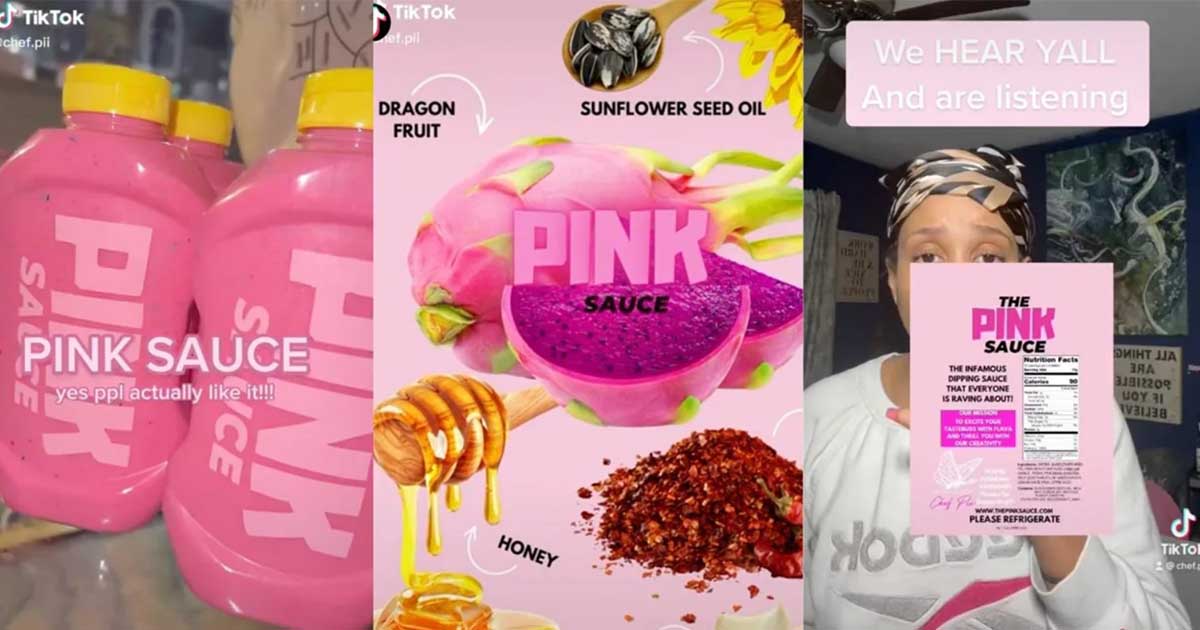
TikTok’s pink sauce went viral. What’s going on?
TikTok creator Chef Pii is the connoisseur behind a mysterious pink sauce that has exploded over the internet, resulting in discourse and memes. The narrative is as odd as the so-called sauce, and it continues to perplex internet detectives and users alike.
What is TikTok Pink Sauce?
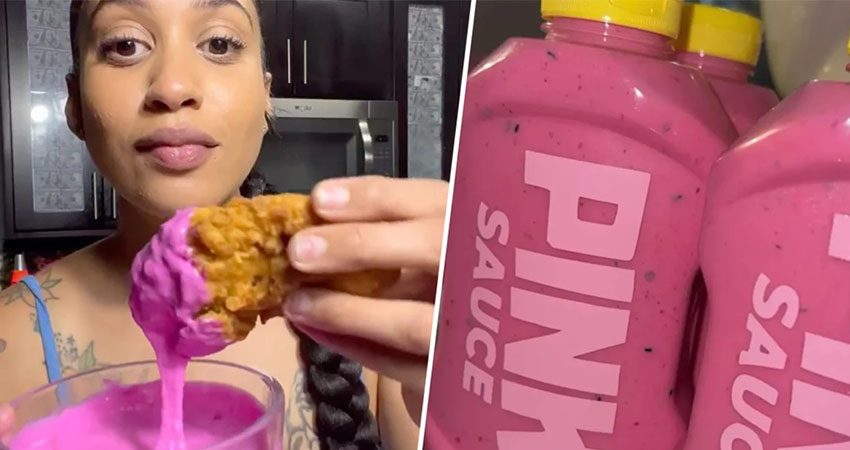
On June 11, Chef Pii, a Miami-based private chef and social media influencer, posted a short TikTok of herself dipping a chicken tender into a bowl of bright pink sauce. That one video garnered more than 755,000 views. That’s how the journey of a product she invented called “pink sauce” started.
The TikTok creator released videos featuring the sauce, trying it with different foods, and showing the packaging. According to the videos, the sauce is priced at US$20. It quickly became a craze. But this is mainly because Chef Pii refused to share how the sauce tasted. She often had other reviewers taste it, but she provided cryptic answers on how it tastes.
In late June, Chef Pii released a TikTok video addressing that concern. A day later, she revealed the ingredients, posting a graphic outlining each: dragon fruit, sunflower seed oil, honey, chili, and garlic.
Nutritional labels – and errors
Creator @sseaansvv recently raised further questions, investigating deeper the pink sauce saga. The TikTokker called “Pink Sauce Lady” for errors in her nutritional label. They also claimed that “there are not enough preservatives” within the sauce “to make shelf stable.”
Sean SVV also wrote in her second video’s caption, “I’m genuinely rooting for her to get a license, fix the errors before selling it legally.”
Another TikTokker, @annareportsnews, also posted a video the same day saying that the serving size per container is unrealistic. She also mentioned that the label doesn’t specify that the sauce should be refrigerated.
America’s Food and Drug Administration (FDA) mandates manufacturers of dressing and condiments to apply for registration. The FDA sets standards on labels, testing methodologies, manufacturing practices, and scientific protocols.
In April 2022, FDA issued the revised guidelines for nutritional fact labels on food and drink products. Serving size is among the updates for the label. However, the FDA doesn’t allow pre-market approval for food products.
A few days later, Chef Pii announced in a video that they were fixing the issues.
She apologized for the label errors and stressed fixing the nutritional labels for all future bottles of the sauces. She also emphasized that she appreciates the support her sauce has received and that she is operating a small business and is trying to reduce the price of the sauce.
The nutritional label is also available for viewing on her site, which previously didn’t seem to be the case.
Twitter Memes About the Controversial Pink Sauce
Recently, the internet has become crazy with pink sauce. People post everything from memes to analysis, while others express the desire to try the sauce. On Twitter, “Pink Sauce” is currently trending.
Links:
cause of death: pink sauce
— Katherine Krueger (@kath_krueger) July 21, 2022
how do i know pink sauce isn't just pepto bismol
— ari (@arianeanindita) July 21, 2022
Just learned about pink sauce and I love everything about it. The fact that it's apparently just ranch with red food coloring. The label that doesn't fit the bottle stuck on with glitter glue. The misspelling of vinegar on the ingredients. The fucked up nutritional information <3
— parker!!! (@anti90smovement) July 19, 2022
Even Netflix has posted about the sauce.
Just got my pink sauce. I know what I'm doing tonight! pic.twitter.com/G1Rf7pVLSr
— Netflix (@netflix) July 21, 2022
But the story does not end there.
Chef Pii took to Instagram Live, YouTube, and TikTok to answer users’ questions. Likewise, she spoke to various media outlets, such as NBC, Washington Post, and Buzzfeed, to defend her unique product.
During her Instagram live, the chef said, “What do you mean by FDA-approved? But, I don’t sell medical products. The “Pink Sauce” isn’t a medical product and it don’t contribute to your health.”
That response stirred Twitter again, causing “F in FDA” to trend across the app.
Selling a “popular” food product while not knowing that the F in FDA stands for Food is wild.
— Bianca (@mz_bee726) July 26, 2022
On July 27, Chef Pii emailed all pink sauce customers about the new terms and conditions. The email addressed the Pink Sauce Supporters and said they are working to fix the issues surrounding allegations and claims against the condiment.
Chef Pii also explained that she is now cooperating with the FDA and the Florida Department of Agriculture and Consumer Services. And she is waiting on official approval for the sauce and updating the packaging to ensure “preciseness.”
And for other stories and news, read more here at Owner’s Mag!

Merck is currently in talks to acquire Seagen, a biotech company. The Wall Street Journal reports that the transaction is valued at $40 billion. And what happens if Merck acquires Seagen, and how would this acquisition benefit cancer research and treatment? Read more about the Merck Seagen buyout here.
Merck Seagen Buyout
Merck and Seagen are still deciding on their share prices. So far, talks have yet to reach an agreement on $200 per share. Both companies want to settle and finalize their deals before Merck announces its quarterly earnings on July 28. At the time of writing, Seagen’s stock was at $176.19.
With an estimated market value of $235 billion, Merck is looking to expand its presence in the cancer treatment space. The Merck Seagen Buyout could play a major role in that strategy. Since Seagen specializes in targeted cancer therapies, the acquisition would give Merck access to a broader range of oncology products.
Shareholder reactions to the new deal are overwhelmingly positive, and the stocks have been up since talks about the deal have been made public.
But this is not the first time that Merck and Seagen have made the news. Back in 2020, they collaborated because of cancer treatments. Seagen has a drug conjugate (ladiratuzumab vedotin) which would be used in conjunction with Merck’s Keytruda.
Merck reveals that Keytruda is its highest-selling product. It’s immunotherapy for cancer.
And this deal could help Merck offset the possibility of reduced sales because it will lose patent protection in 2028.
As promising as this deal is, there could be scrutiny from antitrust officials since there might be a litigation case from the Federal Trade Commission or Justice Department.
The Seagen buyout isn’t the only deal Merck has made recently. They’ve been busy closing another deal, but with Orion too.
Seagen
As a cancer biotech company, Seagen has therapies to ensure that patients benefit from the treatment and reduce any adverse side effects. Their treatments involve the therapy attacking tumors with toxins.
Merck partnering with Seagen isn’t a bad idea considering that Seagen made $1.4 billion in sales in 2021, most of it coming from Adcetris and Padcev (a treatment for urothelial cancers).
Merck-Orion Deal
In the middle of the Merck Seagen Buyout, Merck has recently partnered with Orion for the ODM-208 and other drugs. These drugs are related to the production of steroids. Orion found how it can combat hormone-dependent cancers and further developed this inhibitor.
Their deal includes that they should develop ODM-208 and promote it to the public together. And Orion will receive a $290 million payment from Merck.
Although they’re co-developing and marketing the new inhibitor, Orion will oversee the manufacturing side.
Co-developing the ODM-208 can help Merck with its current research and treatments for prostate cancer. President and CEO of Orion, Timo Lappalainen, says that this partnership will benefit Merck’s goals of treating cancer worldwide.
Other Ventures: Merck’s Role in the Pandemic
You may have heard about COVID-19 pills, which are a form of treatment for those diagnosed with mild to moderate COVID-19. Merck introduced an antiviral COVID-19 pill to the public. The name: Molnupiravir.
The COVID-19 pill is not a replacement for a vaccination. Instead, it stops the replication of the COVID-19 genetic code and keeps the patient out of the hospital. Not yet FDA-approved, Molnupiravir has been authorized for emergency use since December 23, 2021.
And for other stories, read more here at Owner’s Mag!
Technology
BeReal App: Will It Ever Survive Its Instagram Clone?
Published
1 month agoon
June 12, 2025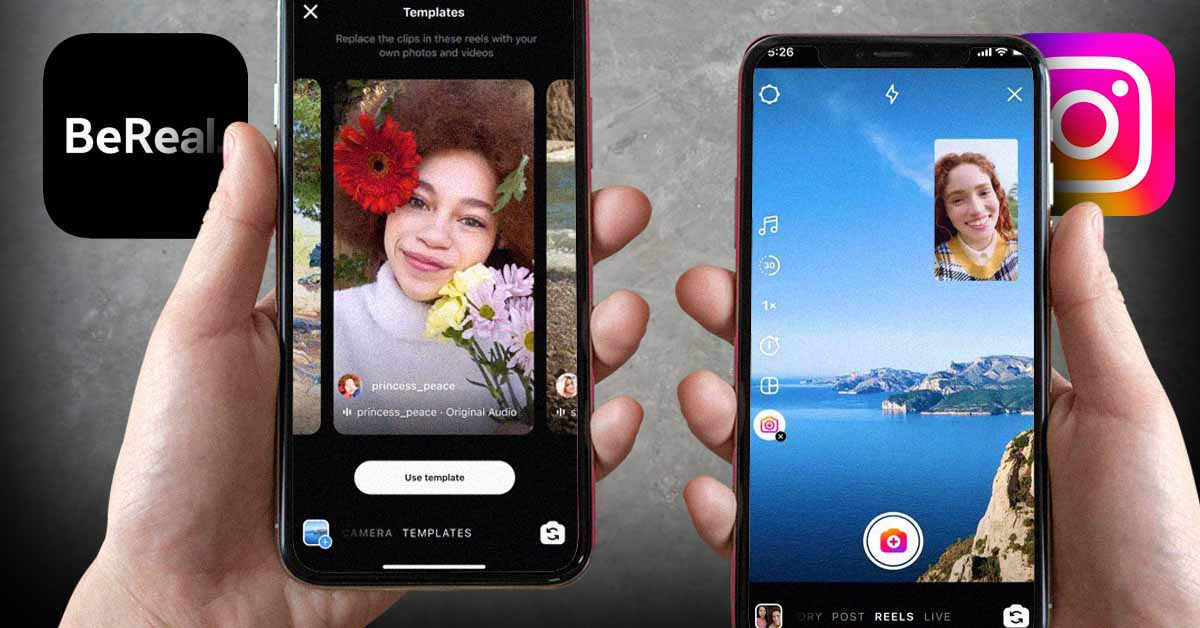
Social media trends come and go, everyone’s well aware of this by now. And currently, the app at the center stage is TikTok, the short-video hosting app. However, a new kid on the block is making waves, the BeReal app. Looking at the feedback from TikTok users, it seems that BeReal appears to have exploded so quickly.
What is BeReal App?
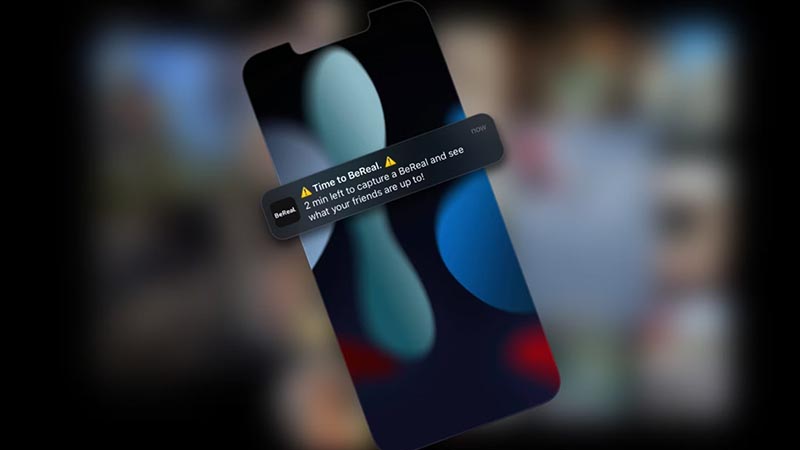
Source: Android Police
BeReal app is a new social media phenomenon that operates under a simple premise at works this way:
- Once a day, the app will alert you to take a photo. It will take one from your rear camera and one from your front camera a few seconds later.
- You will have a two-minute interval to take this photo to capture candid images.
- Then, the BeReal app will lay your front photo over your rear photo.
- You can share it with your friends. However, you won’t be able to see their posts until the next day. And if you missed the two-hour window, you’ll have to wait until the next day.
- You can also react to your friend’s posts by sharing a quick selfie attached to their post.
The premise behind these weird shooting windows is to encourage people to share snippets from their lives that aren’t just hand picked from parties or any planned events. But, it’s not the first app to go for the candid angle. Back in 2016, Casey Neistat of YouTube developed an app called Beme. The app encouraged users to take videos with their phones clasped to their chest so that, allegedly, they could stay focused on the moment. Later that year, CNN bought the app but ultimately shut it down in 2018.
BeReal vs Beme
What BeReal had that Beme didn’t was the ability to operate for two years with the increasing number of users showing for it. Based on a BeReal app job posting, the app has more than 10 million daiily users. It also says the company’s goal is to increase this number to over 100 million. Quite an ambitious goal but recent reports project the mid-size social media network Snapchat at about 350 million daily active users.
As Snapchat popularized the concept of communication through disappearing messages, BeReal may be relying on its own style to continue and encourage future partnerships with other businesses. Clubhouse, an audio-based social app that went live around the same time as BeReal, had plenty of activities to back it up, but things have quickly cooled down. It is recently experimenting with new features to make the app nteresting enough to attract more users. Meanwhile, the novelty of BeReal is still fresh, but once the surge of interest from TikTok has mellowed down, it will need to learn to be independent and beat the competitors.
What is an Instagram Candid?
Meta seems to be working on a feature called “Candid Challenges” for Instagram. Discovered by self-described reverse engineer Allessandro Palluzzi, users would be notified once a day to take and share a “candid.” It also copies BeReal right down to the last detail, giving users just two minutes to take the candid.
An Instagram spokesperson told Engadget that the feature was an “internal prototype” and with no users testing the feature. Still, we are yet to see this announced soon in an Instagram update.
While Meta has been the only company confirmed to be working on a BeReal clone, it wouldn’t be surprising if Twitter or TikTok followed suit as well. Twitter, specifically, might see BeReal candid shots a fit for the microblogging platform, but considering its brave attempt at copying Snapchat’s stories and the on-going buyout buzz with Elon Musk, it’ll need to stride carefully.
While BeReal is becoming popular, it faces an uncertain future. Will it end up being defeated by Meta as have many other successful startups that even vaguely have a conflicting interest with its existing properties? Or will it fail to innovate like Clubhouse did and die off after its 15 minutes in the spotlight? It might be a welcome change to the airbrushed faces and saturated filters from Instagram, but BeReal might just end up being a little too real for its own good.
If you’re interested in trying out the BeReal App, download it from the Play Store. Just remember you know how to take a selfie before you start aad that you’ll only get one shot daily.

What Is Tiktok Pink Sauce? The Viral Condiment, Explained

Did You Drop Your Smartphone in The Ocean? Here’s How to Retrieve It

Gift Guide: 25 Best Gifts for Women for All Occasions

History of the NBA: The Success Behind the Big League

Demio SaaS 2025 Review: Features, Pricing, Pros & Cons

Top 12 Uses for The Metaverse That Will Change Your Life

Top 10 Best Places to Buy a Mid Century Modern Office Chair

Top 10 Best Places to Buy a Mid Century Modern Office Chair

History of the NBA: The Success Behind the Big League

8 Best Equipment for YouTube Every Content Creator Needs

Demio SaaS 2025 Review: Features, Pricing, Pros & Cons

Did You Drop Your Smartphone in The Ocean? Here’s How to Retrieve It

Top 10 Small Business Organization Tools for 2025

Top 12 Uses for The Metaverse That Will Change Your Life
Trending
- Entertainment4 days ago
History of the NBA: The Success Behind the Big League
- Reviews4 days ago
Demio SaaS 2025 Review: Features, Pricing, Pros & Cons
- Lifestyle3 days ago
Did You Drop Your Smartphone in The Ocean? Here’s How to Retrieve It
- Lifestyle4 days ago
Gift Guide: 25 Best Gifts for Women for All Occasions
- Top Stories3 days ago
What Is Tiktok Pink Sauce? The Viral Condiment, Explained

